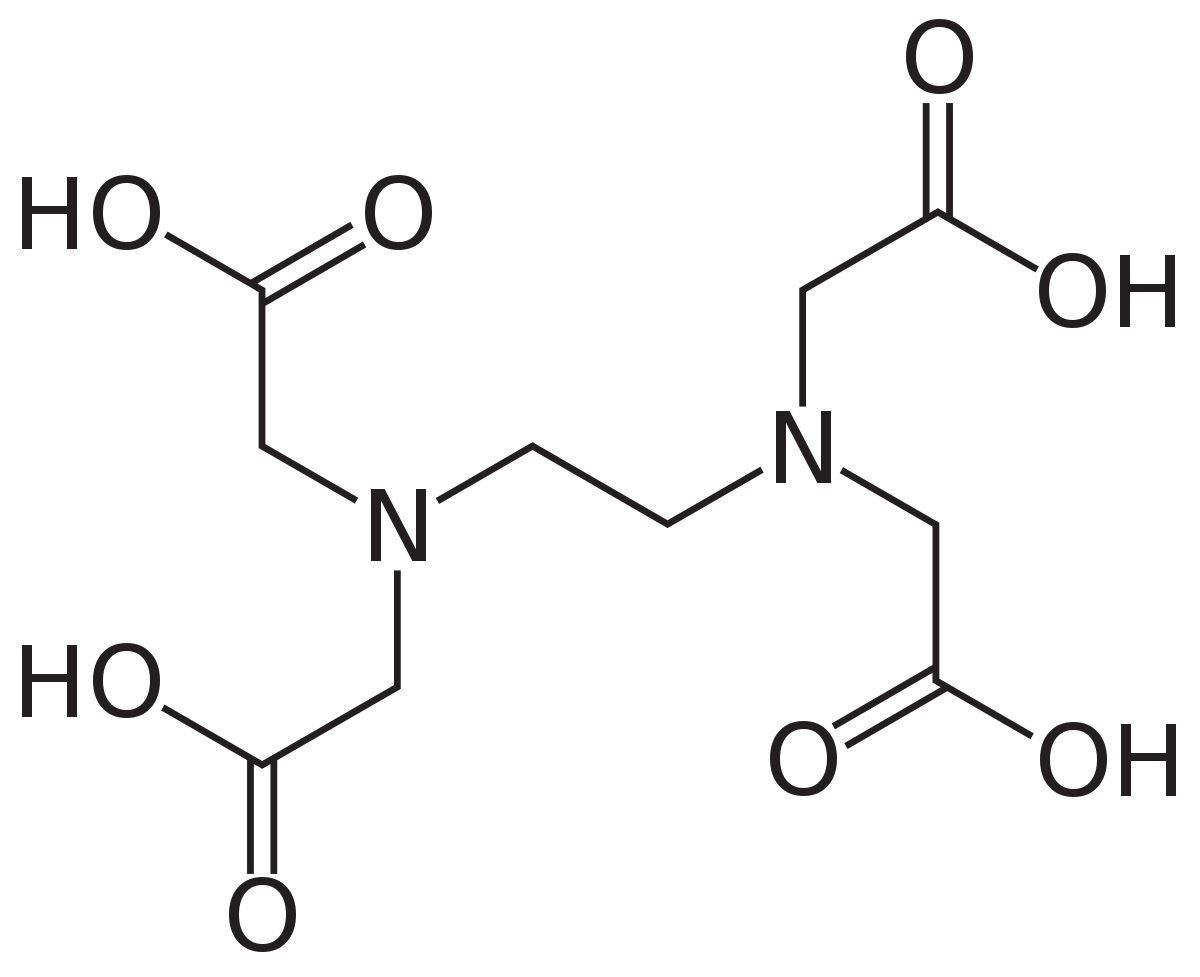EDTA Full Form: Ethylene Diamine Tetraacetic Acid

EDTA Full Form and its Role
In the realm of chemistry and medicine, acronyms often conceal the names of compounds or substances that play a significant role in various fields. “EDTA” is one such acronym that carries significance in chemistry, medicine, and even industrial applications. Understanding its full form and exploring its multifaceted uses is crucial for recognizing its impact on metal binding, medical treatments, and beyond. In this article, we will unveil the EDTA full form and delve into how it functions as a versatile chelating agent.
EDTA Full Form Unveiled
EDTA stands for “Ethylene Diamine Tetraacetic Acid.” It signifies a synthetic compound known for its exceptional ability to bind to metal ions.
- Chelation: Nature’s Metal Detox
At the core of Ethylene Diamine Tetraacetic Acid (EDTA) lies its remarkable chelation properties. Let’s explore the core components and impact of EDTA:
- Metal Binding: EDTA possesses a unique molecular structure that allows it to form stable complexes with metal ions, effectively binding them and preventing their undesired effects.
- Metal Detoxification: In medicine, EDTA is used as a chelating agent to remove toxic heavy metals from the body, playing a crucial role in cases of heavy metal poisoning.
- Medicinal Applications: EDTA chelation therapy is used as an alternative medical treatment for certain cardiovascular conditions by removing calcium deposits from arteries.
- Industrial Uses: EDTA finds applications in various industries, including food preservation, cosmetics, and water treatment, where its metal-chelating properties are leveraged.
- Analytical Chemistry: EDTA is employed in analytical chemistry to titrate metal ions, aiding in the determination of metal concentrations in various solutions.
Impact on Health and Industries
Ethylene Diamine Tetraacetic Acid (EDTA) has a profound impact on health and various industries:
- Medical Treatment: EDTA chelation therapy has been used as an unconventional treatment for heavy metal toxicity and certain cardiovascular conditions.
- Environmental Protection: EDTA’s applications in water treatment and soil remediation contribute to protecting the environment from metal pollution.
- Food Preservation: EDTA’s metal-chelating properties are used in the food industry to prevent the oxidation of fats and oils, extending the shelf life of products.
- Cosmetic Formulations: EDTA is used in cosmetics to enhance product stability and prevent the degradation of certain ingredients due to metal ions.
- Textile Industry: In the textile industry, EDTA is utilized to improve dyeing and color fastness by controlling metal ion concentrations.
Challenges and Considerations
While EDTA’s chelating properties offer a range of benefits, there are considerations such as its potential impact on the balance of essential minerals in the body and its application in medical treatments that require careful evaluation and supervision.
Img source: en.wikipedia.org
Conclusion
Behind the acronym EDTA lies a compound that functions as a powerful chelating agent, influencing diverse areas from medicine to industrial processes. Its full form, “Ethylene Diamine Tetraacetic Acid,” represents a versatile molecule that binds to metal ions, detoxifies the body, and contributes to various technological advancements. As medical professionals explore its potential in treating heavy metal poisoning and cardiovascular conditions, and industries leverage its properties for diverse applications, the impact of EDTA resonates in laboratories, hospitals, factories, and more. Ethylene Diamine Tetraacetic Acid stands as an example of the intricate interplay between chemistry, medicine, and innovation, showcasing how a simple molecular structure can yield profound benefits across various fields.